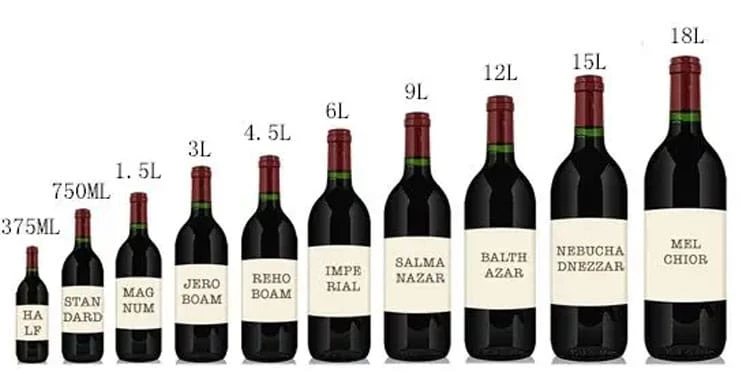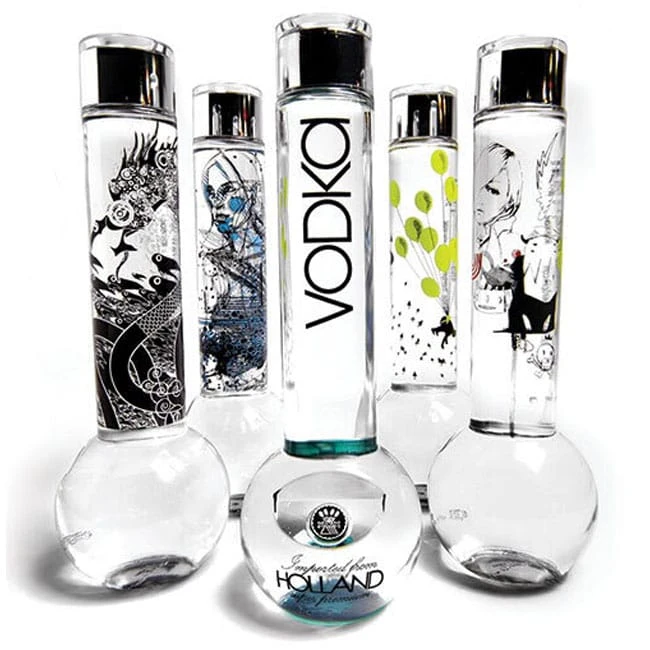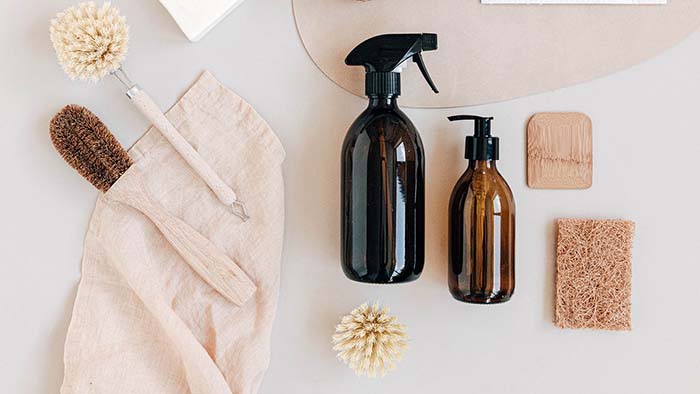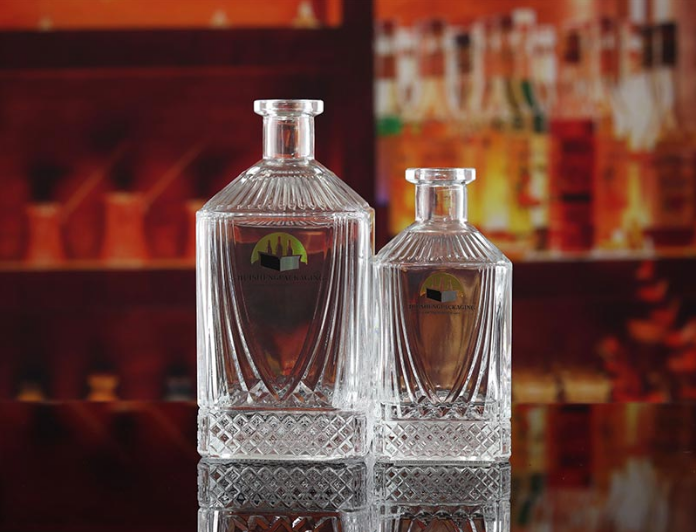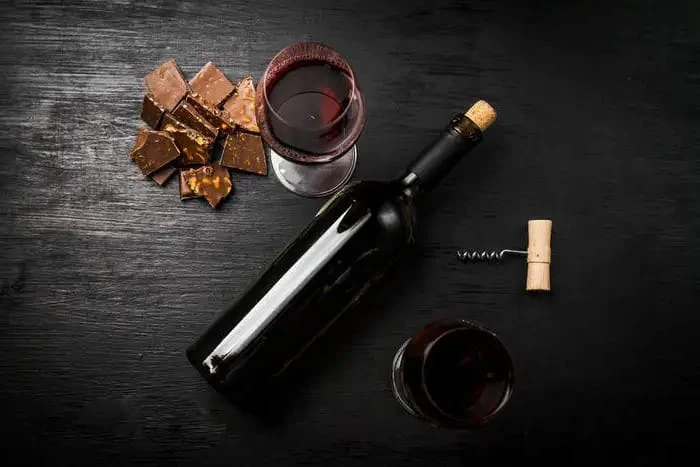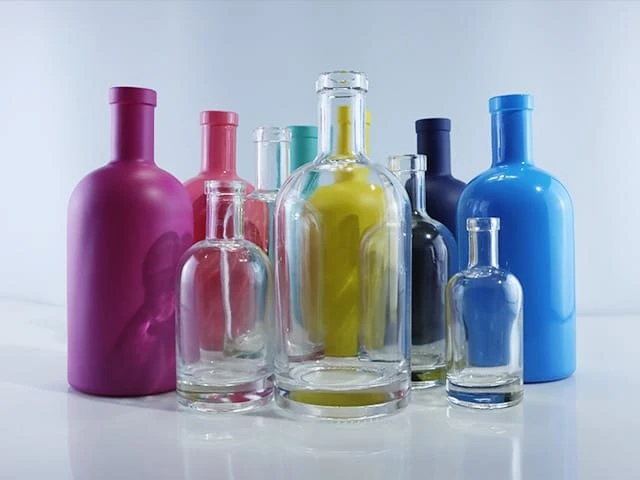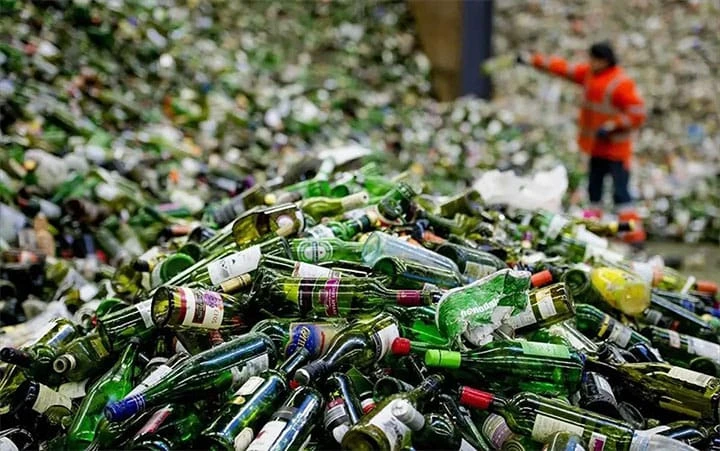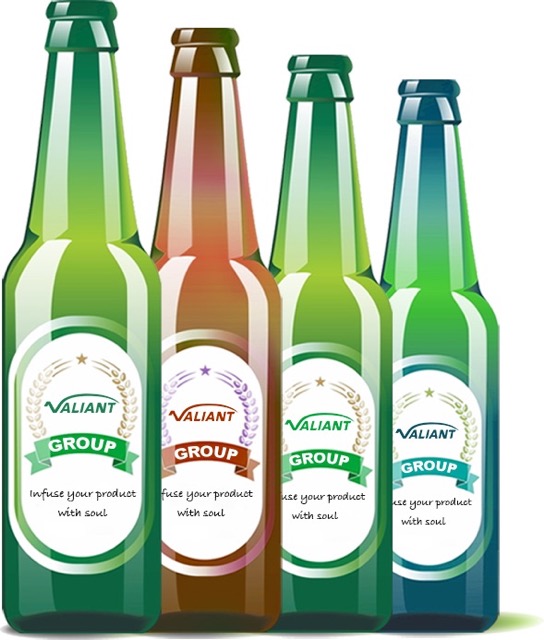1 – Prepare raw materials
Most of the raw materials used to make glass bottles are sand, soda ash and limestone. Broken glass is added to this mixture. Broken glass is shattered glass, whether it is scrap from the manufacturing process or from a recycling center, that saves 1,300 pounds of sand, 410 pounds of soda ash, and 380 pounds of limestone for every ton of glass recycled. This will save manufacturing costs, save costs and energy, allowing customers to get economical prices on our products.
2 – Melt the glass bottle raw material in the furnace
The raw material and cullet are continuously melted at high temperature, around 1650°C, the furnace operates 24 hours a day, and the raw material mixture forms molten glass for about 24 hours. The molten glass is passed through the forehearth, and at the end of the forehearth, the glass stream is cut into pieces according to the weight, and the temperature is precisely set.
3 – Glass bottle/jar forming
Two forming methods are applicable: pressure blowing or blow blowing, which takes place in IS machines,
(1) Press-blown glass bottle
The cut gob falls and the gob is pressed into a blank mold with a metal plunger, where it expects the shape of the mold, which is then called a parison. Next, the parison is moved into the final mold and blown into the mold for final measurements. This process is usually used for wide-mouth glass bottles, but can also be used to produce narrow-neck glass bottles.
(2) Blow-blown glass bottle
The cut gob falls, and in blow blow molding, the gob is compressed into a blank mold, and compressed air is used to push the gob into place, called a parison, and move into the final mold to blow again to form the framed glass inside of the bottle. Glass bottles (narrow containers) with different neck thicknesses can be manufactured using a blow-blow arrangement.
4- Annealing during glass bottle manufacturing
Regardless of the process, after the blown glass container is formed, it is usually surface coated,
While they are still hot, to make the bottles and jars more scratch-resistant, this is called a hot-end finish, and the glass bottles are then taken to an annealing furnace where their temperature is brought back to about 815 °C and then lowered gradually drop below 480°C. This will take about 2 hours. This reheating and slow cooling removes the pressure in the vessel. Will enhance the sturdiness of naturally formed glass containers. Otherwise, the glass can easily break.
5 – Glass Bottle Quality Inspection
Before inspection, they are usually treated with a cold-end surface coating, which reduces the temperature of the glass container to around 100°C, otherwise the glass can be easily scratched.
After leaving the cold treatment end of the annealing furnace, in order to ensure product quality, we use Led beam technology (Led inspection), Camara inspection machine, and comprehensive inspection machine to detect faults that are invisible to the naked eye. These include, but are not limited to: seal face inspection, dimensional analysis, wall thickness inspection, breakage inspection, edge and bottom scanning, wall scanning. Any bottles that do not meet the standard will be automatically rejected, and these rejected bottles will be remelted and reused as raw materials. Automatic detection will ensure stable quality for our customers.
6 – Glass bottle packaging
The glass bottle packaging method will be determined by customer requirements. Usually we use the following methods for packaging.
· Pallet,
· Pallet dividers,
· Export carton
· Customized carton with pallet
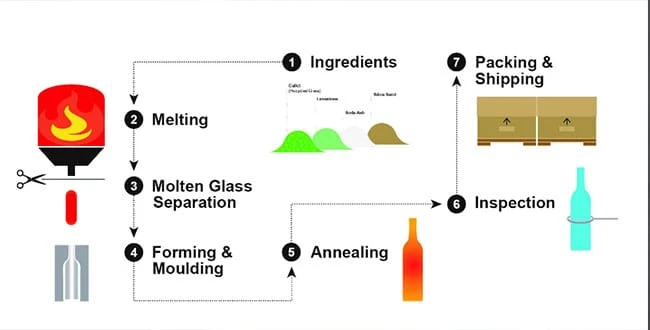
The above is about the glass bottle manufacture process. For more information, welcome to consult.


